This Dr. Axe content is medically reviewed or fact checked to ensure factually accurate information.
With strict editorial sourcing guidelines, we only link to academic research institutions, reputable media sites and, when research is available, medically peer-reviewed studies. Note that the numbers in parentheses (1, 2, etc.) are clickable links to these studies.
The information in our articles is NOT intended to replace a one-on-one relationship with a qualified health care professional and is not intended as medical advice.
This article is based on scientific evidence, written by experts and fact checked by our trained editorial staff. Note that the numbers in parentheses (1, 2, etc.) are clickable links to medically peer-reviewed studies.
Our team includes licensed nutritionists and dietitians, certified health education specialists, as well as certified strength and conditioning specialists, personal trainers and corrective exercise specialists. Our team aims to be not only thorough with its research, but also objective and unbiased.
The information in our articles is NOT intended to replace a one-on-one relationship with a qualified health care professional and is not intended as medical advice.
Lavender & Rosemary Homemade Hair Spray
June 19, 2014
You probably know that those bouffant hairstyles in the 60s, believed to have risen during the mid-to-late 18th century in western Europe, required a full can of hairspray! In fact, that hairstyle may have been created for Marie Antoinette due to her thin hair and her desire to thicken the hair.
Even though the bouffant, made popular by First Lady Jacqueline Kennedy a few decades ago, has faded, the use of hairspray still exisst to help set the hair and prevent fly away hair. Though some improvements have been made, in particular, going from aerosol cans to pump bottles in most cases, the toxins are still there in most store-bought versions.
But with this homemade hair spray recipe, you can eliminate those toxins and have beautiful and healthy hair. It’s not only easy and fast to make, but also very cost-effective and may help prevent hair loss! Try it today.
Let’s start by boiling the water. Once it comes to a boil, dissolve the sugar by adding it to the water and stirring. The more sugar you use, the stiffer the hold; however, if you use too much, you may find a sticky residue, so start with smaller amounts and adjust as needed.
Now, add the vodka to the pan. If you prefer, you can make this recipe without alcohol; however, the alcohol acts as a preservative.
Allow the mixture to cool, then add the essential oils. You can choose your favorite scents, but I love using lavender and rosemary essential oils. Both help with hair loss, so it makes sense that these ingredients would be perfect for your homemade hairspray.
Furthermore, lavender can give you a sense of relaxation, while rosemary is known as one of the best oils for enhancing hair growth, as well as thickening the hair. Rosemary oil is also believed to increase cellular metabolism that stimulates hair growth. Another benefit is that it can provide an increase in microcirculation of the scalp, which promotes healing.
Once cool, place the mixture in a spray bottle and store in a cool place. Shake before each use.
Like any product, make sure to avoid spraying in the eyes or the mouth.
Lavender & Rosemary Homemade Hair Spray
Ingredients:
- 1 cup filtered or purified water
- 2 tablespoons cane sugar
- 1 tablespoon vodka
- 10 drops lavender essential oil
- 10 drops rosemary essential oil
- Glass spray bottle or BPA free plastic dispenser bottles
Directions:
- Boil the water.
- Dissolve the sugar in the boiled water. Stir.
- Add the vodka. Blend again.
- Allow mixture to cool, then add the essential oils.
- Blend well.
- Place mixture in a spray bottle and store in a cool place. Shake before each use.
Comments
Please keep comments under 200 characters.



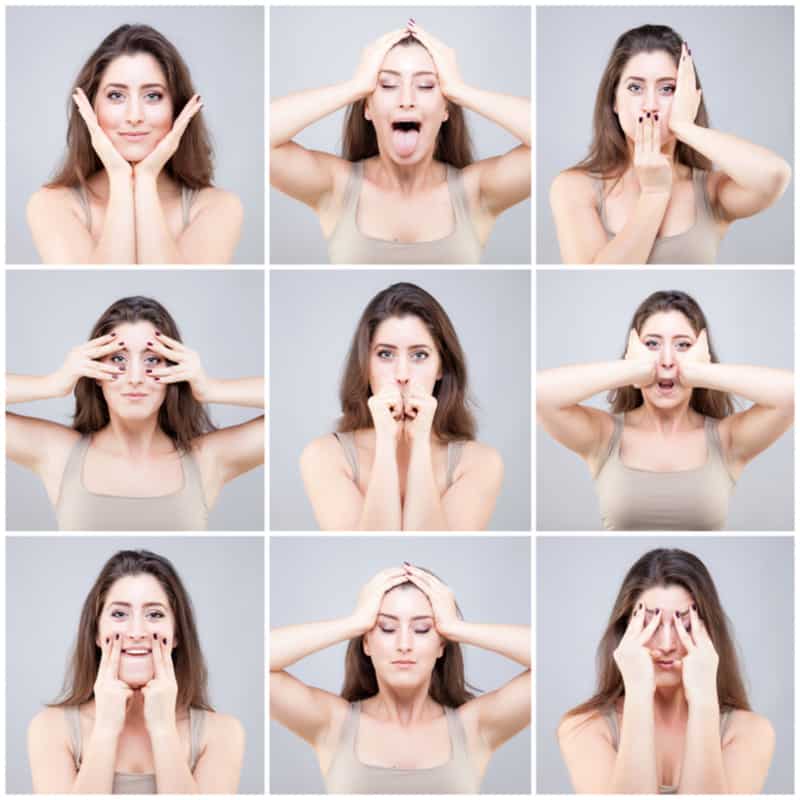

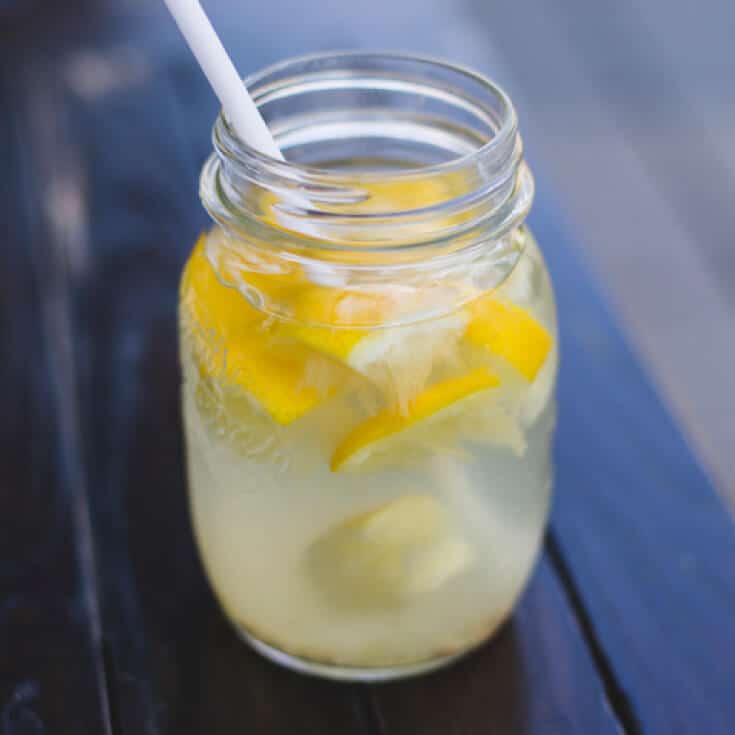
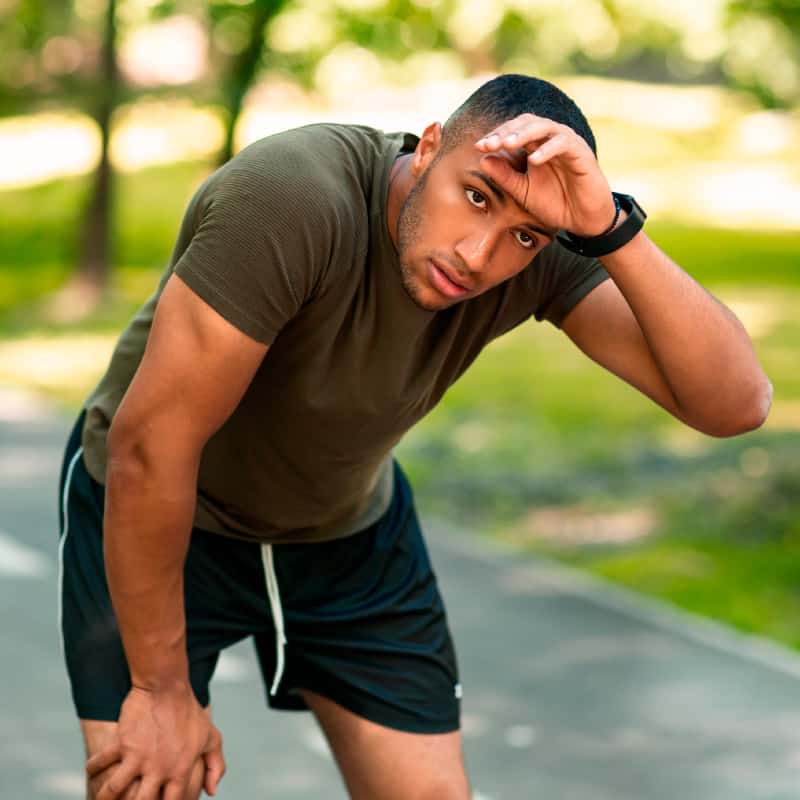
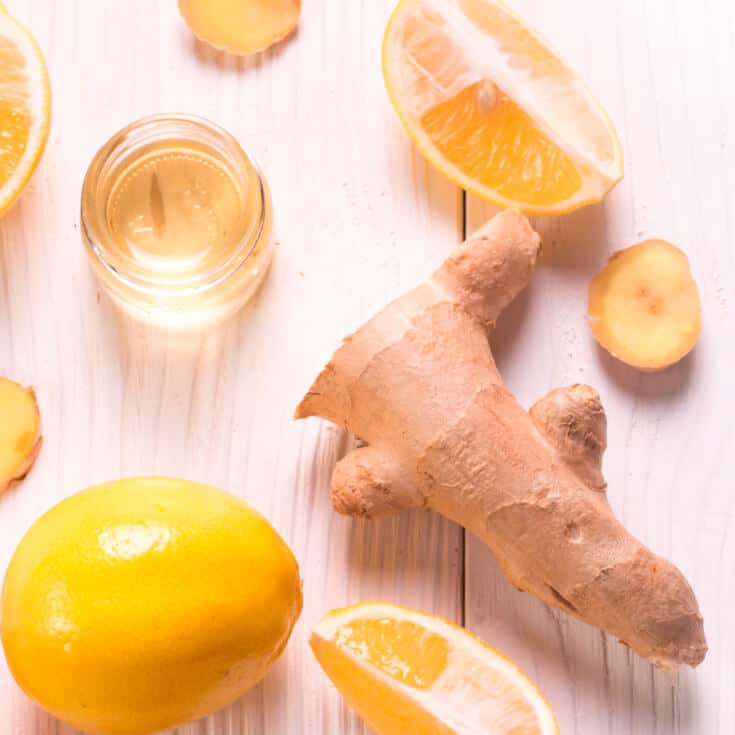

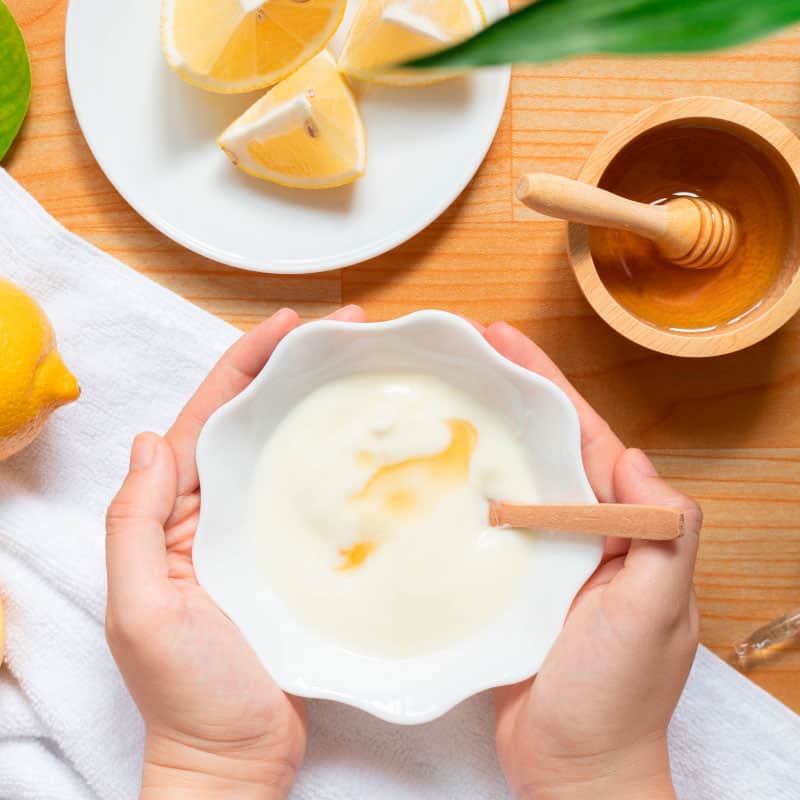

Love that this is so natural, smells good, clean, and chemical-free. Works well too. So happy that I saw this recipe. Thanks Dr. Axe!
Won’t the sugar attract bees and is the vodka used as a preservative?
This hair spray is amazing! I was so glad to try it because my daughter needs hair spray for some of her activities and the store bought ones are full of chemicals.
This hair spray works super well and I could not be more pleased! Thank you for the recipe!
Hi can I replace vodka for rubbing alcohol?
I love dr axe and listen to him all the time. I have used this hairspray all the time and it works for me.
How big must be the spray bottle ? I mean, how many milliliters? Thank you.
Sir I am looking for alternative of tamanu oil in your moisturizer for oily face could you please help me
Tea Tree, Rosemary, Fennel, Lemon and Lavender Essential Oils are all good for oily skin.
I’m Sorry I meant can overdoing essential oils irritate scalp and cause hair loss? Reason I ask is cause I put a whole lot of diff essential oils and more then 30drops each and now my hair scalp is irritated…
Did you apply the Essential Oils to your scalp “neat?” Using EOs “neat” means that you applied them without blending in a carrier oil first. Carrier oils (such as Coconut Oil, Jojoba Oil, Olive Oil, Grapeseed Oil, etc.) are used as a base oil, which help to “carry” the EO onto your skin.
Most EOs can be very harsh and will cause irritation and redness if applied topically to your body “neat” or undiluted. “Hot” EOs, such as Oregano, Cinnamon and Peppermint give off a warming sensation of heat when applied to the skin, even when blended with a carrier oil. You need to be extra careful with these types of EOs, paying special attention to keep within the ranges of the suggested dillution rates.
Some people believe that the gentler EOs, like Lavender and Tea Tree oils, are safe to be applied “neat,” however, there are some professionals who feel that applying any undiluted EO directly to your body can be potentially hazardous. This perception is mostly based on the rare possibility that you can develop a permanent sensitization to any EO, just by applying one undiluted drop of that oil…like I said, this is rare, but it does happen.
FYI, “30 drops each” of EOs applied directly to your scalp, even if combined with a carrier oil, is way too much! Dilution rates for typical skincare oils is 2.5%-5%, which equates to 30 drops of essential oils blended with 1 ounce of carrier oils. A 1 ounce bottle of blended oils should be more than enough to last for many skincare applications. Rule of Thumb: Less is more when it comes to Essential Oils!
Diluting EOs does not take away from their effectiveness at all, in fact, it can actually assist the oils with absorption into your skin, as well as decrease the likelihood of a negative reaction. Dilution allows your Essential Oils to last much longer, which best of all, saves you money!
Can overdoing essential irritate your scalp and cause hair loss???
thank you for all the free ebooks and good articles. More power!
Thanks for this great recipe! Have you ever posted one for flaxseed gel? I have tried it and love it (I have really curly, frizzy hair and it works wonders), but am concerned because of some people say even with a heavy duty preservative and storing it in the fridge, it still might get mouldy and you might not even know it. Yes, I know, paranoid much? What are your thoughts on this? Thanks so much for all of the wonderful work you do and the helpful information you share!
How long does this mixture last?
Would it set it your hair on fire with vodka in it???? I”m kind of skepical with this.
Hi Jazzy, you should use precaution around open flames as you would with other hairsprays. It is flammable.
Why do U state cane sugar in the ingredients, then say in the comments that it is not good and recommend honey, dates, or stevia?? Which is it??
I think he was meaning for that person to eat, not for the hairspray recipe.
I made the hair spray and put out the vodka and it works just fine. Tthanks for all your amazing recipes.
Bull crap , cane natural sugar is GOOD. Shouldn’t believe in every thing you read.
Hi Rod, I do not recommend eating cane sugar, but in your hair, it does not pose the same concerns. I hope this helps make things more clear!
I don’t see anything to tell me how much of each ingredients to use
What am I missing? Where is the recipe written? I don’t see the amounts in the article.
This hairspray didn’t work for me. I sprayed it on hair that I had just finished curling with a curling iron, and within minutes the curls fell out from the moisture in the spray. It was basically like spraying water on heat-styled hair. I’m not sure what the purpose of this hairspray is for. I did modify the recipe, replacing the vodka with rubbing alcohol, and using only lavender because I had no rosemary oil.
I love this homemade hairspray recipe. Do you happen to know a recipe for a homemade facial mist for acne prone skin?
Hello, Where can one get the full compliment of essential oils?
Use Thayers Alcohol-free Witch-Hazel instead of vodka. They have unscented and rose petal types with Aloe Vera.
Sorry I should have finished reading the comments before the question about the alcohol. …..but im so glad you posted this because I use hair spray. Thank you. Thanks for all your post you have lots of good healthy things I like.
Cane sugar vs regular white sugar – any difference? Not consuming rather using for a hair product so I wasn’t sure if it really mattered what type of sugar it was.
Cane sugar is slightly better but still not good. Stick with raw honey, dates and stevia.
I see you’ve said we can substitute clary sage or bergamot instead of the lavender-could i use orange, lemon or grapefruit instead? Im very fond of citrus/fruity scents but dont want/need a bad reaction to my color treated hair! Thank you!
The recipe says to store in a cool place. Does this mean the refrigerator? Or is this too cool?
You can store it there or at room temp
Was wondering if you could use something like a parrot bay rum or Malibu rum in place of the vodka? Thought it would give the hairspray a nice smell.
I do not believe it would work the same. If you do try it, let us know how it goes!
Which essential oils are color safe that can be used as a option to the Lavender? BTW, I love all that you’ve shared and your honesty & integrity! Continued blessings!
Clary sage and bergamot are other great options
Any non-GMO substitutions for the vodka for non-drinkers/non-users of it?
You could try rubbing alcohol in place. I’ve seen that work as a substitute.
Hi! Thank you for sharing this! Is the essential oil “essential” or is just for fragrance? Thanks so much!!!
The lavender can benefit your hair and scalp but is not necessary in the recipe.
I’ve seen several recipes for natural hairspray, and they all contain sugar. Looks to me like this would attract flying insects. Any thoughts?
The sugar may cause a slight attraction but the alcohol in the recipe repels them so it should balance out.
Can we use any other kind of alcohol
I haven’t tried it with another type
I’m a bee keeper, My concerns, also. I will give it a try!
Rosemary and Lavender are also both natural repellants 😊
What I wanted to tell you is that I enjoy your facebook page very much. I think you can be another Dr.Oz whom I adore very much. So keep up your good work and don’t change a thing. I do adore you too!!! I really appreciate your posts. God Bless you FOREVER!!!!
I am definitely going to try this! I don’t use hairspray often – only on special occasions- but when I do I have a reaction that leaves me with an itchy scalp. Thank you for all of our grist natural recipes!